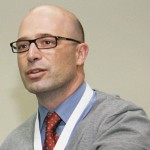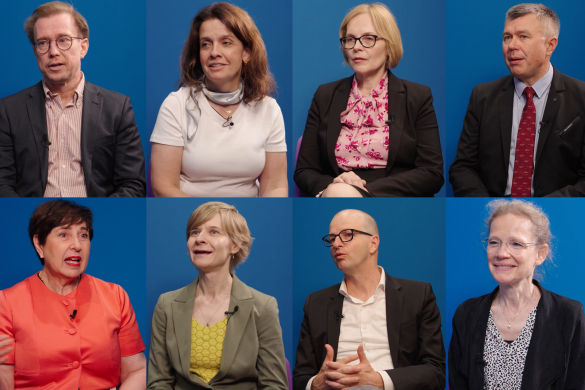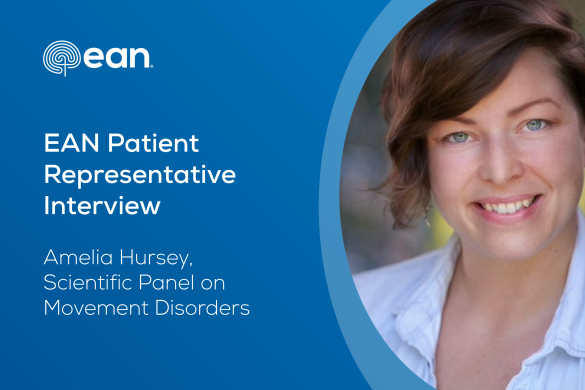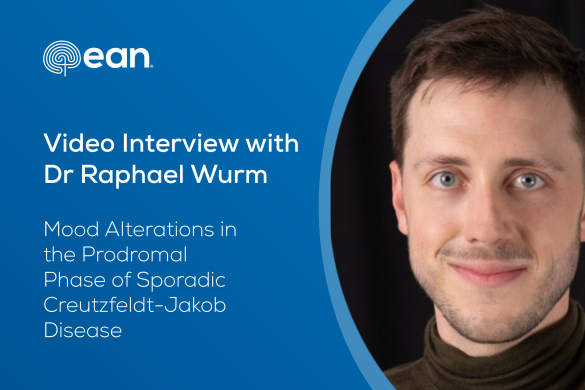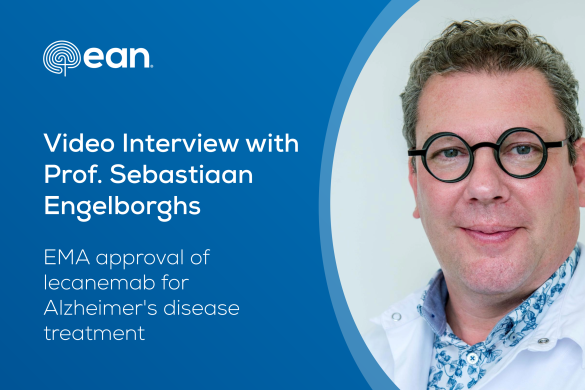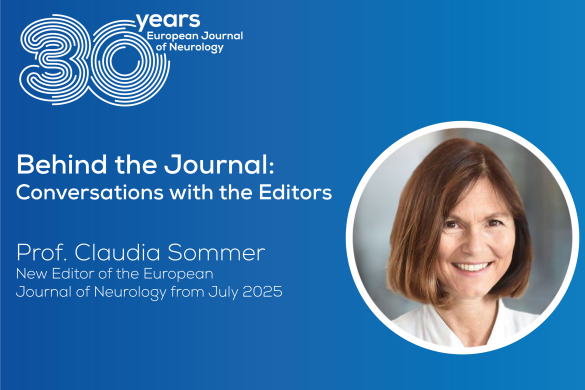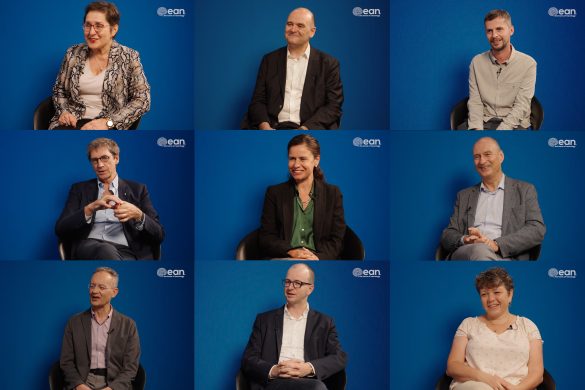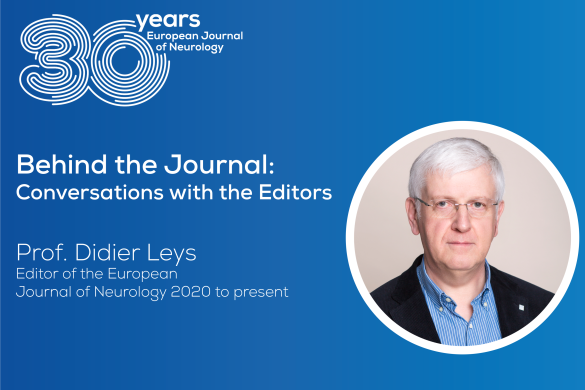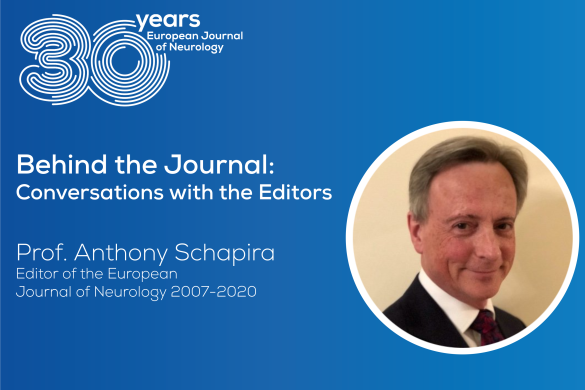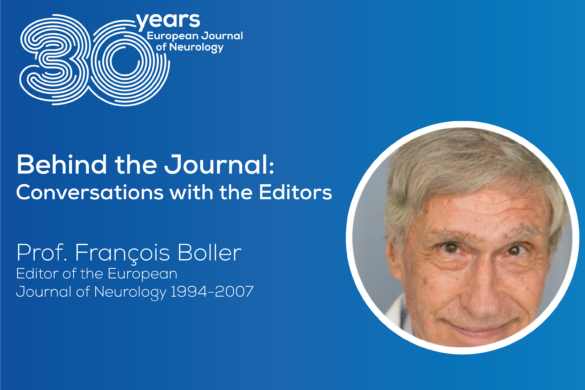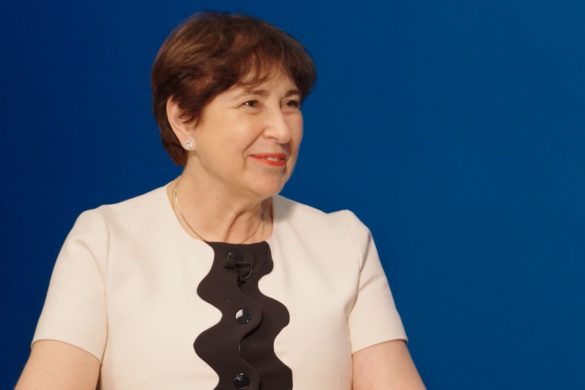Elena Moro (EM): We congratulate you on your appointment as new Chair of the MDS-European Section. Which role do you expect the MDS-European Section to cover within the EAN and the European neurology world? How do you foresee the cooperation between the MDS-ES and the EAN? Which main joint educational initiatives would you particularly promote and why?
Joaquim Ferreira (JF): First I would like to start by congratulating the EAN and its Board for the success of the first congress in Berlin. The founding of the EAN is a major achievement for the world of neurology and will have positive implications that will reach beyond European borders. I would also like to extend my compliments to all stakeholders who had the vision and the generosity to contribute to this major cause.
Regarding the role of The International Parkinson and Movement Disorder Society’s European Section (MDS-ES) in the “new” EAN, my expectation are that we are able to pursue and amplify an already long standing history of fruitful collaborations between the Societies. There is a clear overlap between the purpose, mission and goals of both Societies. Being that MDS-ES is the premier organisation dedicated specifically to Movement Disorders in Europe, it seems natural that a close and fruitful collaboration is of mutual interest by contributing jointly to the excellence of neurology in Europe.
The MDS-ES is already playing a very active role for the Movement Disorders programme and other activities at the EAN congress and other EAN educational initiatives. However, the creation of the EAN opens a new and larger forum that will certainly create the possibility for new collaborations that will be fruitful for both Societies. This may include the implementation of new educational programmes for residents and young and general neurologists, to target more efficiently “underserved” geographical areas and to cover “orphan” topics.
EM: How much should the general neurologist be involved with patients with movement disorders?
JF: General neurologists will always play a critical role in the care of patients with neurological disorders and the movement disorders field is no exception. For this reason, the MDS-ES is also in harmony with the EAN leadership when favouring activities targeting the general neurologist’s needs and interests. However, any project should take into consideration the major differences in Europe regarding the role of the general neurologists and the local specificities, in terms of training and allocated tasks. In my personal view, the most important is the improvement of the standards and availability of neurological services.
EM: The EAN aims at being the overall platform for neurology and reach out to neurology related sub-specialties. What do you think about this goal & mission?
JF: It is natural and defensible that the EAN wants to assume a leading position for neurology in Europe. On the other hand, it is also important for all the neurological fields to have a strong and common voice to support the improvement of neurological health services and research all around Europe. To achieve this ambitious goal, it will be necessary that the generous and very wise approach of the leaders who contributed to the foundation of the EAN, and are currently chairing the Society, be persistent by encouraging the strengthening of collaborations with all other active partners.
EM: Educating and training in clinical trials methodology and Good Clinical Practice are topics of special interest for you. How would you recommend incorporating these important subjects in future joint educational activities?
JF: Independently of our main areas of interest, we should never lose the global perspective and the main goals of the institutions we serve. Having said this, I completely support the idea that the area of clinical trials methodology is important educational topics to invest in. This is not just because we need to bring new bright and motivated people to work in the field of clinical trials, but most importantly, because I am convinced, and there is also some data supporting the conviction, that clinical departments and physicians, who are involved in clinical research, offer better care.
EM: Can you share with our readers what do you think about the role of Neuropenews as the news blog for the European neurologists?
JF: One of the most challenging tasks of our times is to be able to manage and filter all the daily information we receive. Neuropenews has the challenge to be one of the visible faces of the EAN, and, at the same time, to be attractive and useful to become an effective neurological news channel in Europe. This is not an easy task, and it will require the participation of the different Scientific Panels by contributing news and generate other content to ensure the success of Neuropenews. This is one of the cooperative efforts made by the EAN Movement Disorders panel in collaboration with the MDS-ES.
Professor Joaquim Ferreira is Chair of the International Parkinson and Movement Disorder Society’s European Section (MDS-ES) and works at the University Hospital of Santa Maria in Lisbon, Portugal.

